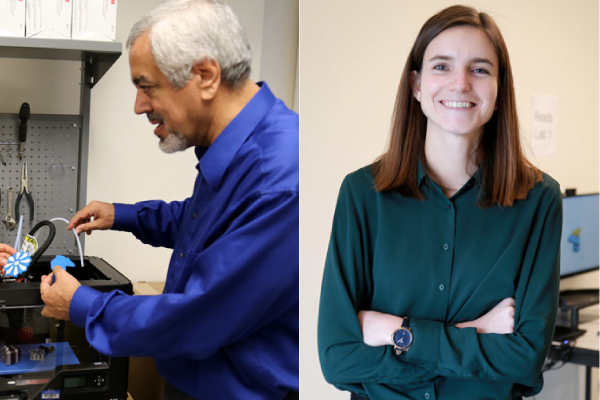
“Engineering design is the culmination of all the things students learn in complementary studies – math, physics, chemistry, thermodynamics – to solve problems through an iterative, creative, decision-making process,” says Kamran Behdinan, a professor and researcher in Mechanics & Design, one of eight research areas at the Department of Mechanical and Industrial Engineering (MIE) at the University of Toronto (U of T). “Mechanics” is the study of motion and forces while “design” is all about finding engineering solutions to challenges faced by industry clients, collaborators and the wider community.
Behdinan was first exposed to the concepts of mechanics and design during his engineering undergraduate studies, and later graduate studies, in Tehran, Iran. At school, he learned about the design of machinery, equipment and mechanisms and then learned about the challenges faced by industry while working in the design division at local companies. While not in class, he would design cold roll forming and construction equipment as well as off shore structures, among other projects. He became passionate about understanding the needs of industry and finding solutions using his engineering knowledge. “Who wouldn’t like that?” asks Behdinan, “You use all of the things you have learned to solve problems for clients.”
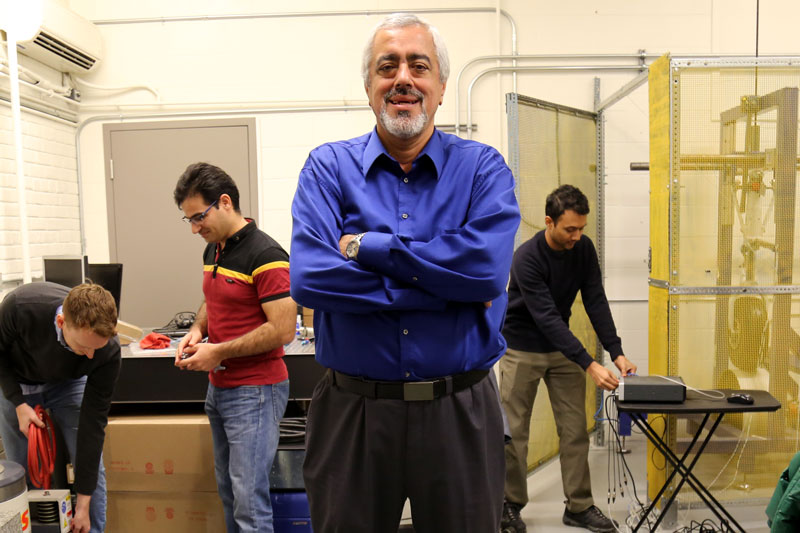
His research group at MIE, the Advanced Research Laboratory for Multifunctional Lightweight Structures, explores the design of structures for applications in various industries including automotive, aerospace, biomedical and nuclear. Some of their current projects include harnessing additive manufacturing to produce intelligent prostheses with biosensors, developing powertrain technology for drones, designing technology for landing gear and aero-engines for minimal noise and vibration, as well as quantifying the readiness level of design at different stages of the process, a challenge that was presented to Behdinan by one of his industry partners at General Motors.
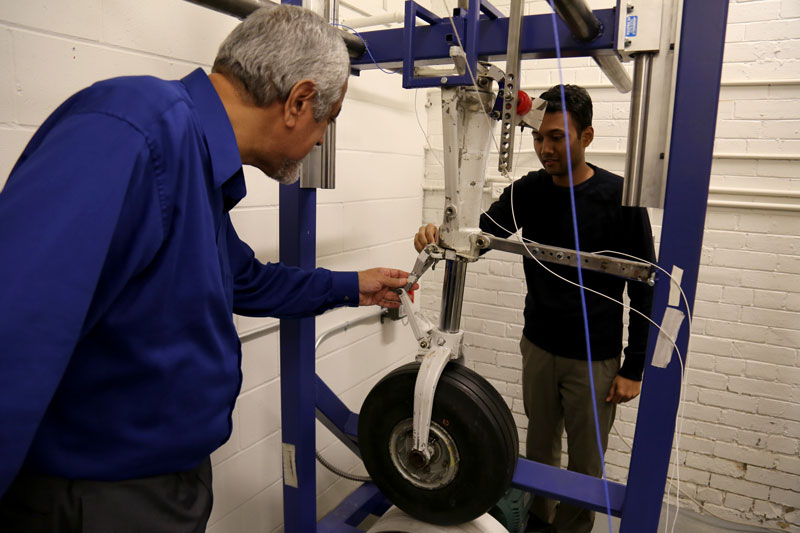
As founding director of U of T’s Institute for Multidisciplinary Design & Innovation Institute (UT-IMDI), it should come as no surprise that Behdinan does not limit his research group to any specific area and instead encourages the exploration of structures across many industries. The Institute’s primary mission is to encourage collaboration between students and connect them with over 90 industry partners including Bombardier, Pratt and Whitney Canada, and Honeywell.
The Institute also coordinates the fourth year undergraduate Capstone course where teams of students are tasked with finding a design solution that addresses a challenge faced by their client. UT-IMDI offers a Capstone Design Course for Mechanical and Industrial Engineering students as well as the Multidisciplinary Capstone Design Course that brings students together from across engineering disciplines. “Diversity plays a critical role in creativity and hence is a driving force for design and innovation,” says Behdinan.
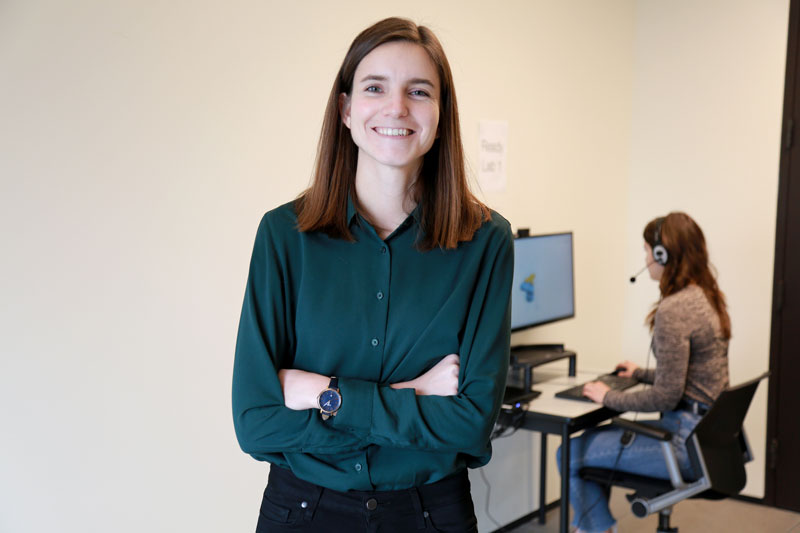
Working across sectors and collaborating with industry partners is also important to Alison Olechowski, an MIE professor who works in both Mechanics & Design and Human Factors, a field that falls under the umbrella of Industrial Engineering and is the study of human interactions with technology. Her research group, Ready Lab, works with companies to analyze their design practises and find engineering solutions to improve their processes. “We either bring people into our lab to design products and we study the way they do that,” says Olechowski, “Or we go out into the world to engineering companies that are designing products and observe their processes to try to find patterns and ways they could improve.”
Her group’s major project is studying the way engineers use collaborative Computer Aided Design (CAD) software to design 3D digital models. For many years, CAD has been a solitary endeavour and the new collaborative approach is a fundamental shift in how it is used.
“This new technology has meant that we can essentially have a Google Docs version of CAD,” says Olechowski, “But, in my opinion, the cart is before the horse because we have this tool, but we don’t understand how to use it, what the implications of it are, how to train people for it and how to do the best design that we can do with it.”
Designers with CAD knowledge are invited to Ready Lab where Olechowski’s team gives them a task to perform using the software and then records the user’s design choices, clicking patterns and facial expressions. Once enough data has been collected, Olechowski can look for trends between the design choices and the design output. She is also interested in what the user experiences emotionally and how engaged they are with the program.
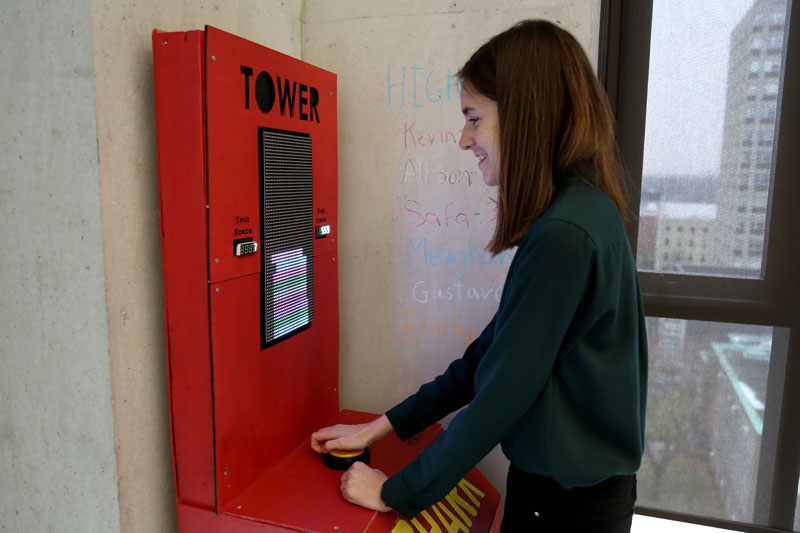
Another avenue Olechowski is exploring is known as “design for engagement.” While pursuing her graduate degrees at the Massachusetts Institute of Technology, she helped teach a first year course about toy design. “This class got students excited about designing mechanical products,” says Olechowski, “And it was fun because it took them through the entire design process from coming up with new toy ideas to modeling and prototyping, to user testing, and eventually trying to figure out how to market the products.”
She continues to develop this idea with one of her graduate students who worked as an engineer at a company that designs escape rooms, themed rooms where groups of people solve puzzles in a limited amount of time. Olechowski wants to dive deeper into the escape room design process and learn more about how people feel during an escape room experience and how hardware could be designed in a way to increase engagement.
Olechowski is also a faculty member with the Troost Institute for Leadership Education in Engineering (ILead) where her expertise in teamwork and decision-making help students build their competency as future engineering leaders.
“I really like design because it is a way to use all of the fundamental core principles you’ve learned and apply them to problem solve,” says Olechowski. “It can be fun and rewarding because you’re often working in a team to solve a tough challenge for someone.”
-Published November 26, 2019 by Pam Walls, pam@mie.utoronto.ca